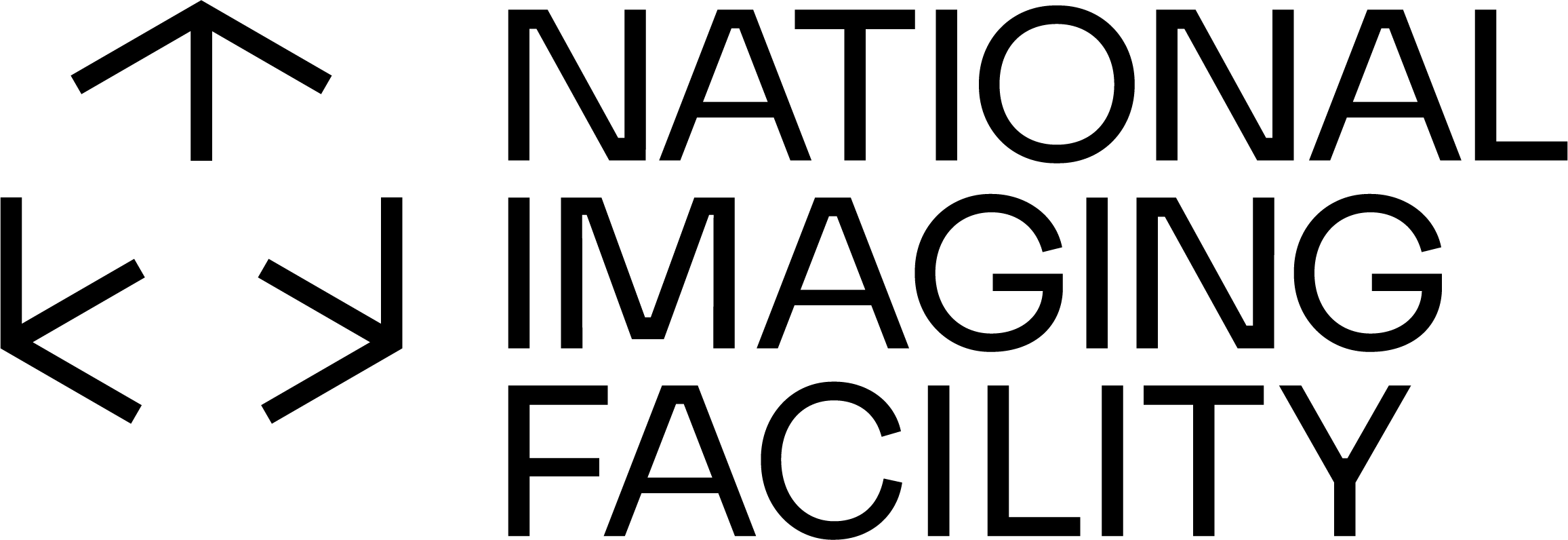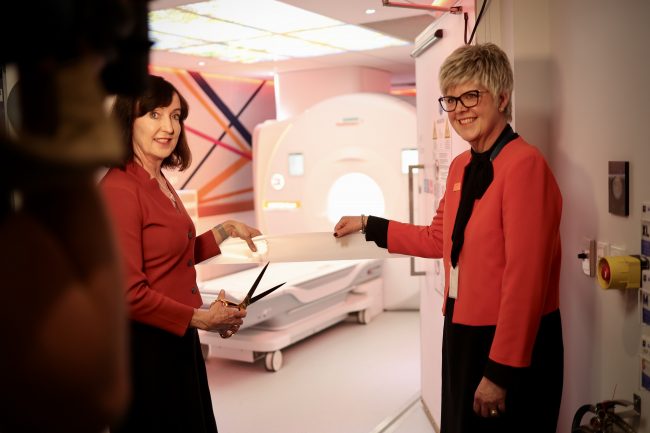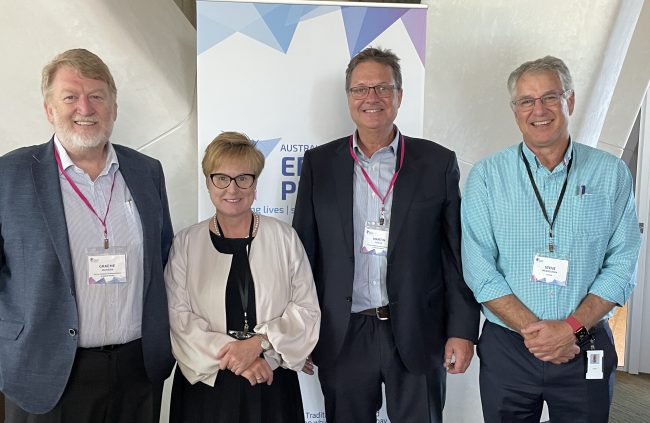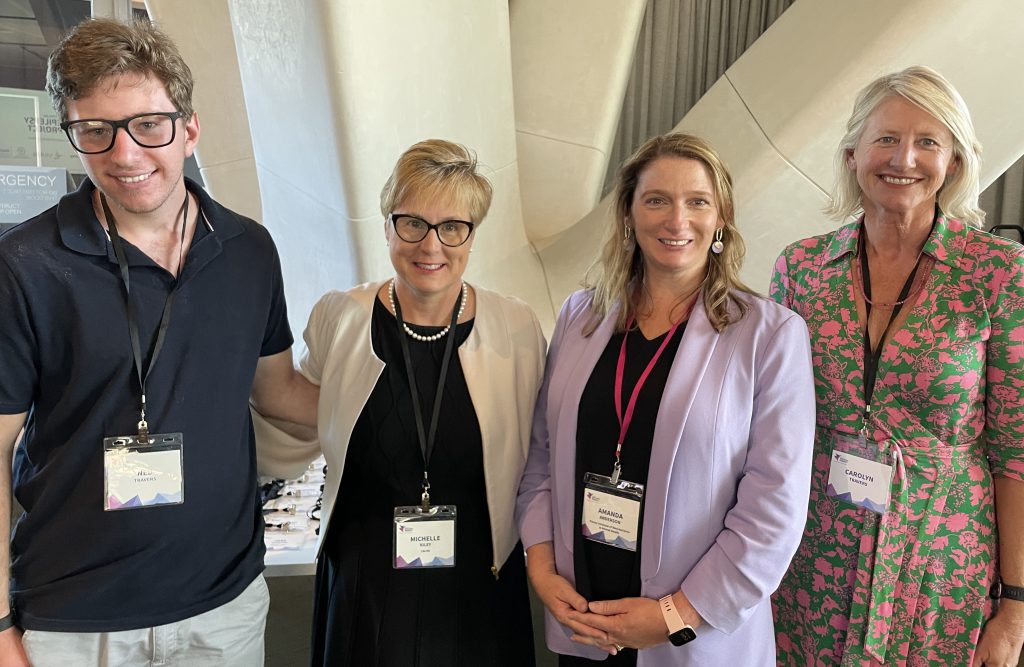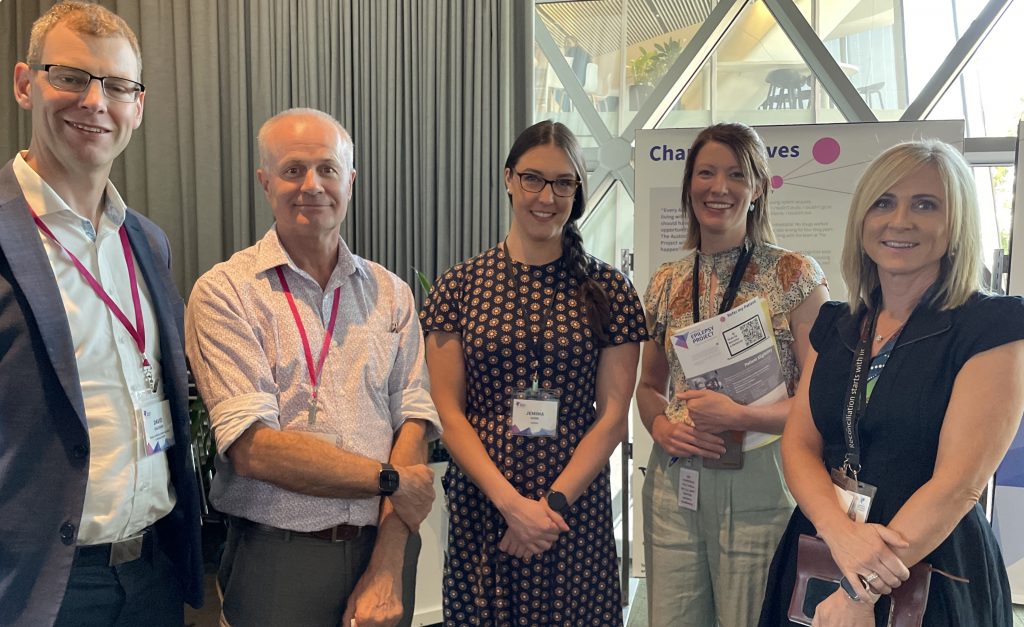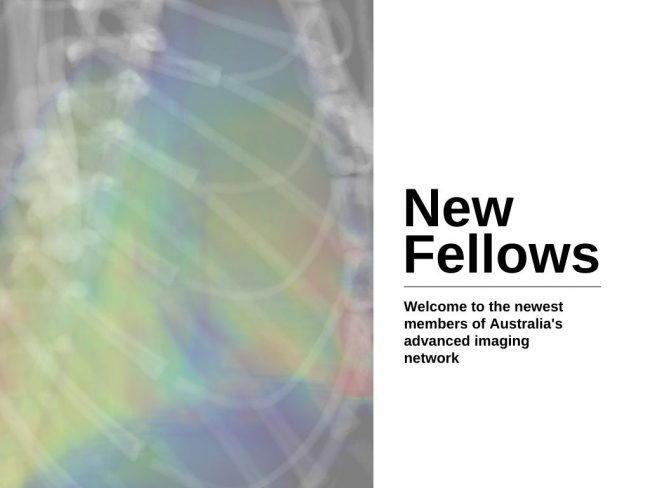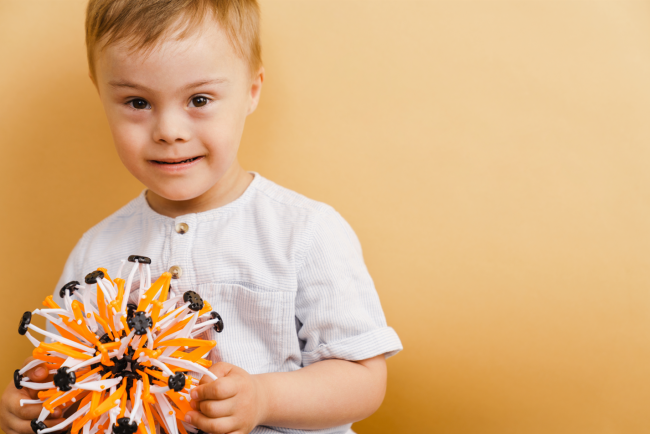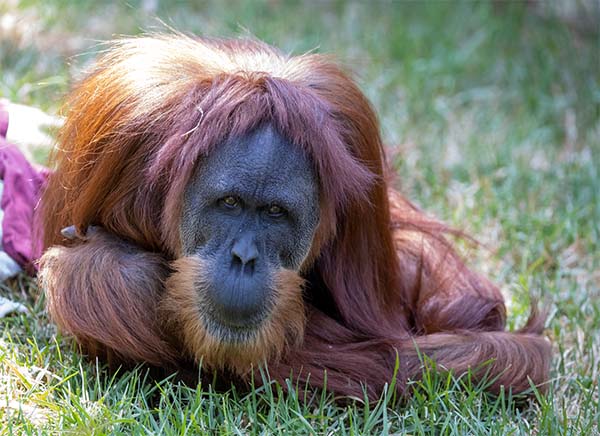Research-clinical partnership delivers world-leading high-power MRI to support clinical trials and new medical products
[Image: South Australia’s Acting Premier and Minister for Industry, Innovation and Science, the Hon Susan Close MP joined Jones Radiology CEO Prof Susan O’Neill to cut the ribbon on the new MRI]
South Australia’s Acting Premier and Minister for Industry, Innovation and Science, the Hon Susan Close MP joined SAHMRI Executive Director Prof Steve Wesselingh, Siemens Healthineers Managing Director, Michael Shaw and Jones Radiology CEO Prof Susan O’Neill to officially open one of the world’s first MAGNETOM Cima.X magnetic resonance imaging (MRI) scanners at National Imaging Facility’s (NIF) SAHMRI Node in Adelaide today.
The new scanner is a co-investment between NIF ($1m) through the Australian Government’s National Collaborative Infrastructure Strategy (NCRIS), SAHMRI, Jones Radiology, Siemens Healthineers and the South Australian Government ($1m).
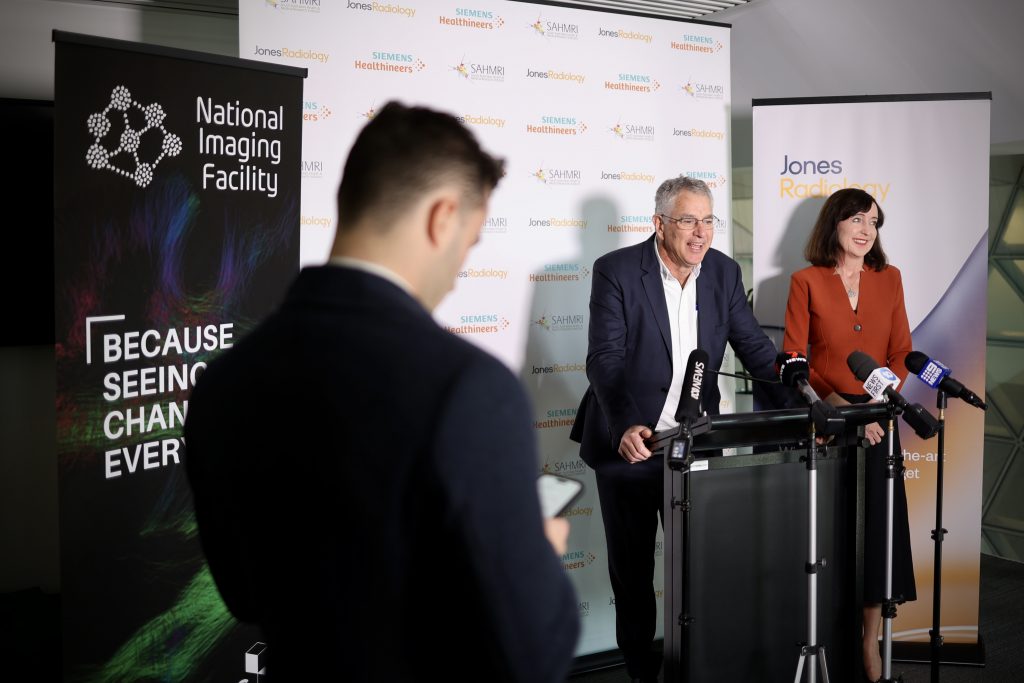
[Image: SAHMRI Executive Director Prof Steve Wesselingh with South Australia’s Acting Premier and Minister for Industry, Innovation and Science, the Hon Susan Close MP]
The Cima.X will be based at SAHMRI’s Clinical Research Imaging Centre (CRIC) which delivers open access state-of-the-art imaging services for clinical and research scanning.
CRIC Director and NIF Node Director, Dr Andrew Dwyer said the Cima.X has the potential to revolutionise MRI for both purposes.
“The clinical benefits of this technology will be initially realised for degenerative brain diseases, traumatic brain injury, and supporting precision treatment of brain tumours,” Dr Dwyer said.
“It’s on the research front though, where we have the greatest potential for breakthroughs. Combining the gradient performance of the Cima.X, frontiers in machine learning and the skills of the team at CRIC will enable our researchers to investigate the body and its processes with a clarity they couldn’t have dreamed about previously.”
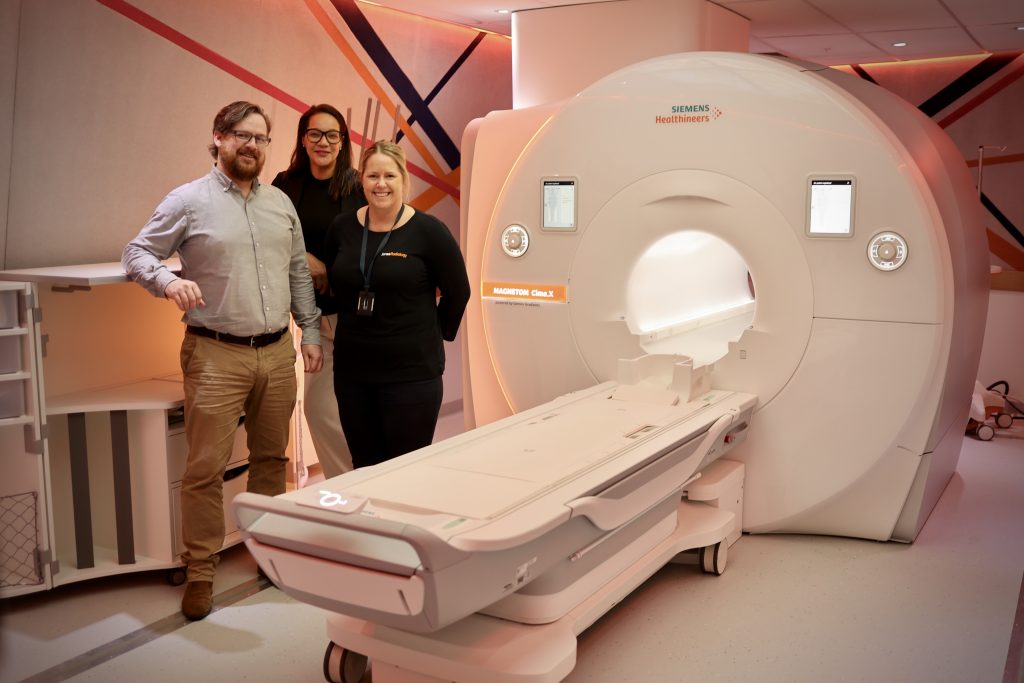
[Image: NIF SAHMRI Node Director Dr Andrew Dwyer, Senior Scientist and National Coordinator for Magnetic Resonance Imaging (MRI) Dr Shawna Farquharson, and Chief Technologist and NIF Fellow Angela Walls]
NIF CEO, Prof Wojtek Goscinski said SAHMRI’s Cima.X, as one of the first of its kind globally, will support the translation of cutting-edge scientific discoveries into new medical products, a key priority of the Australian Government’s National Research Infrastructure Roadmap.
“Australia is a world leader in applying and translating MRI technology, and the unique capabilities of the Cima.X within SAHMRI’s world-class clinical context will be a valuable component of NIF’s national network, underpinning Australia’s ability to translate research, provide better clinical decision-making and better health,” Prof Goscinski said.
“The Cima.X is designed to study the connections in the human brain, which is critical to understanding challenging neurological disorders, such as stroke and acute brain injury, and will be an important tool for investigator and industry led clinical trials for the development of new medical products to treat these conditions.”
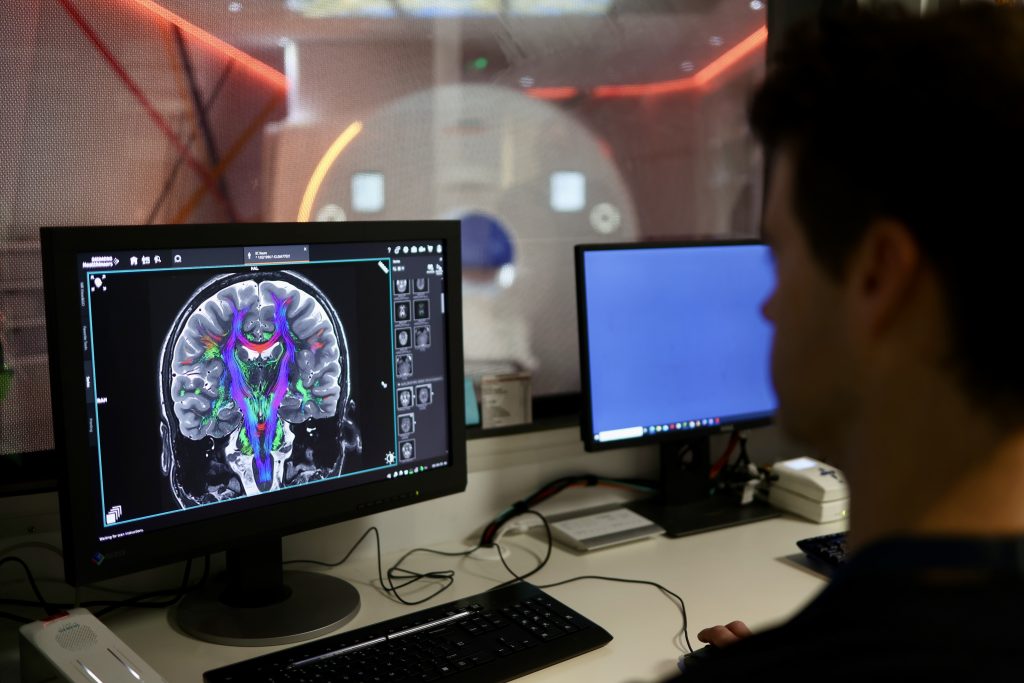
Managing Director at Siemens Healthineers, Michael Shaw said the Cima.X is the strongest whole-body, clinically-approved 3T MRI ever manufactured.
“The system is more than twice as powerful as anything used in a clinical setting previously thanks to the novel Gemini Gradients,” Mr Shaw said.
“This will ultimately provide clinicians and researchers alike with deeper insights into the human body. In addition, the Cima.X leverages our next generation of deep learning image reconstruction technology for faster image acquisition and signal rich super resolution images. Our Open Reconstruction Research Platform is designed to connect research partners and promote seamless national and international research collaborations.”
Read SAHMRI’s media release here.

